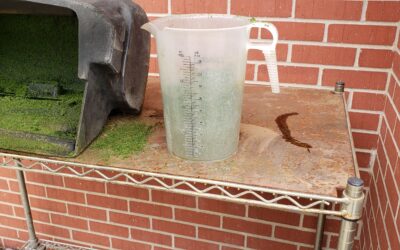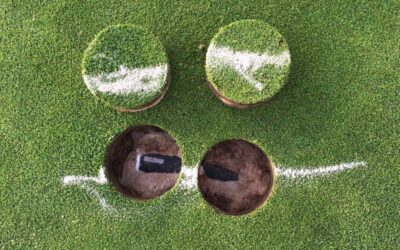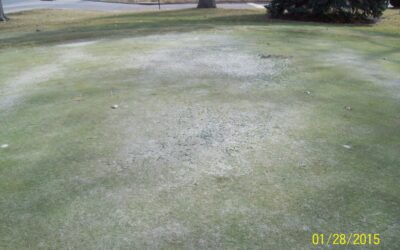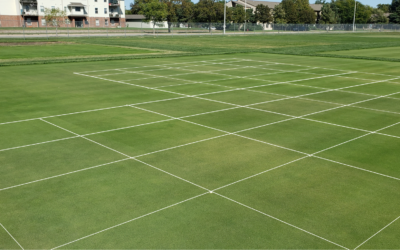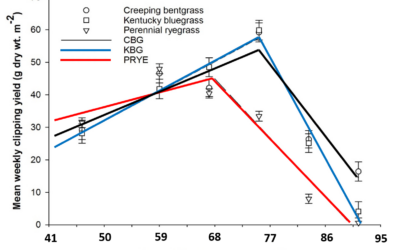GREENKEEPER BLOG
Clipping Volume vs. PGR GDD Models: Which is more important?
I received an interesting question following a plant growth regulator (PGR) programming webinar. The webinar covered introductory PGR topics including: PGR degradation and removal, prediction of PGR performance with growing degree day (GDD) models, and clipping volume...
Spiio Soils Data to Drive Pest Models in GreenKeeper
Data has transformed turfgrass management. Relatively new tools such as hand-held soil moisture meters have helped turfgrass managers improve irrigation decisions for over a decade. As we move into the next decade of water efficiency, in-ground senors like those from...
The Cost of High Quality Putting Greens
Jim Ager Memorial Golf Course is a municipal par-3 golf course in Lincoln, NE. This nine-hole facility was created in the mid-1960's, and it has served as the gateway to golf for many of Lincoln's golfers. Their mission is to provide a stress free golf experience no...
Minimize Pesticide Resistance Development with Application Advisor
By Bill Kreuser, PhD Repeated applications of the same type of pest control product can increase the likelihood of pesticide resistance. Many of today’s pesticides are more elegant than products from several decades ago. Instead of targeting many aspects of a pest’s...
PGR & DMI GDD Models v2.0
By Bill Kreuser, PhD We first started talking about PGR growing degree day (GDD) models back in 2008. These models use daily average air temperature to estimate PGR longevity and help schedule PGR re-application events. The original model was limited to Primo Maxx...
Growth potential models can improve management efficiency
By Bill Kreuser, PhD Turfgrass response to nitrogen fertilizer depends on many factors like temperature, sunlight, water availability, root health, and soil compaction. Some factors like soil water content and compaction can be altered by turf managers with irrigation...

